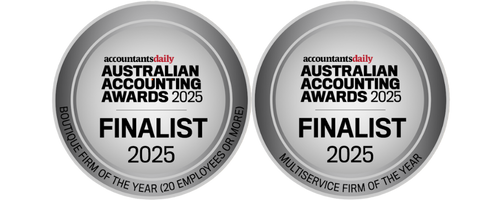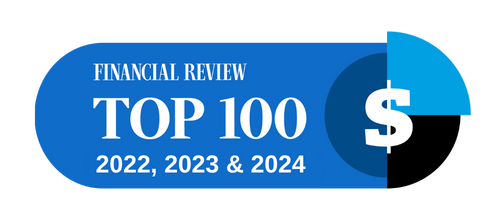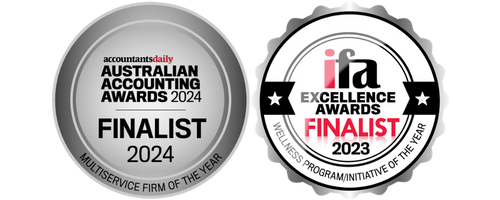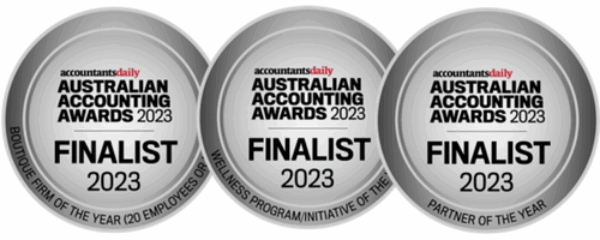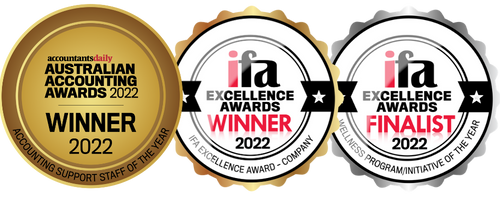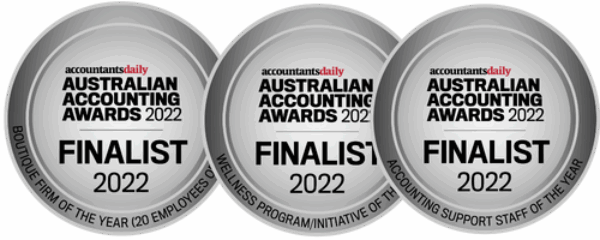July 2022 saw a number of changes to the superannuation rules and many will have a positive outcome for members of superannuation funds. The changes were announced and legislated by the Morrison government so it’s important to note that the new government will be delivering its first Budget in October 2022. The superannuation tax concessions could be a target to assist in managing the Federal Budget deficit, however, over the decades superannuation has always enjoyed significant tax concessions which make contributing to superannuation tax effective in addition to growing retirement funds.
Superannuation Guarantee Contributions (SGC)
In line with existing legislation, the % rate of superannuation an employer is required to pay for employees will increase from 10.0% to 10.5% from 1 July 2022. Employees who are taking advantage of salary sacrifice arrangements into their super funds need to ensure the additional SG contributions do not push them into having excess concessional contributions (the current cap for concessional contributions is $27,500 from all sources).
From 1 July 2022 the $450 monthly minimum threshold that has been applied before an employer has been required to make SG payments has been abolished – so all employees are now entitled to the 10.5% SG contributions irrespective of how little the employee has been paid in the month. The only exception is if the employee is under age 18, in which case they will need to have worked for at least 30 hours in the week to be eligible. Younger employees may now need to join a superannuation fund.
*Note under current legislation the SGC rate is to increase to 12% by 2025.
Work Test and Non-Concessional Contributions (a positive change)
The work test requirement has been completely removed for those wanting to make non-concessional contributions (NCC), this means eligible persons can make these contributions until age 75, provided their total superannuation balance is below $1.7m at the time of making the NCC. The work test still needs to be satisfied for those aged 67 and over when making concessional (tax deductible) contributions.
The work test requires a person to have been gainfully employed (including being self-employed) for at least 40 hours in a consecutive 30-day period in the financial year the concessional contribution(s) is made.
The non-concessional contribution cap for 2022-2023 is $110,000. With the removal of this work test, there is also the opportunity to trigger a bring forward contribution. The bring forward contribution rule now allows a person to make a NCC of up to $330,000 if they are less than 75 years old at the time they make the NCC. Note that the level of bring forward contribution available is determined by how far their total superannuation balance is below $1.7m. Exceeding the NCC cap can lead to excess contributions tax.
Minimum Annual “Pension” Amounts For 2022-2023
The 50% reduction (COVID -19 concession) in the minimum payment required from account-based pensions has been extended to 30 June 2023. For example, a person aged 66 is required to withdraw from their superannuation fund as a pension only 2% (rather than 4%) of the balance of the account based portion as at 30 June 2022.
Downsizer Contributions
The downsizer contribution allows many senior Australians to make an additional contribution to their superannuation when they sell their main residence, with the contribution not counting towards their annual non-concessional contribution cap. Some of the eligibility criteria that must be satisfied is as follows:
- The maximum that can be contributed is $300,000 per person
- They need to have owned their home for at least 10 years
- They cannot have used the downsizer contribution before
- The contribution must be made within 90 days of the sale settlement
From 1 July 2022 the eligible age to make a downsizer contribution has been reduced from 65 to 60 years. Note that in the recent Federal election campaign the Labor Party announced that it would lower the age limit to 55 years (but this is not yet legislated). When making a downsizer contribution, you must advise your super fund by providing them with a ‘Downsizer into Super Form’.
First Home Buyers Scheme
From 1 July 2022 the amount that can be accessed from a first home buyers’ previous voluntary contributions has been increased from $30,000 to $50,000 per eligible individual. A couple acquiring a jointly owned home can use up to $100,000 from their combined superannuation to be used as a deposit.
COVID-19 Early Release Withdrawals
If you have withdrawn some of your superannuation benefits under the COVID-19 early release withdrawal concession you can now recontribute (COVID-19 re-contribution) without affecting your non-concessional cap.
COVID-19 re-contributions:
- can be made between 1 July 2021 and 30 June 2030 (subject to the specific rules of your super fund)
- cannot exceed the total amount of super accessed under the COVID-19 early release of super
- cannot be claimed as a personal superannuation deduction
You can re-contribute COVID-19 early release amounts using any amounts available to you, but you must advise your super fund by supplying a ’Notice of Re-contribution of COVID-19 Early Release Amounts’ form.
Catch-Up Contributions
A reminder if you have had interrupted income or have been unable to maximise your superannuation contributions, you can take advantage of the recent rule changes that allow you to catch-up on missed contributions. To be eligible to make catch-up concessional contributions:
- your total superannuation balance must be less than $500,000 on 30 June of the previous financial year
- you can only carry forward unused concessional contribution cap amounts from 1 July 2018
- unused caps can only be carried forward for five years until they expire – so this strategy needs to be considered before 30 June 2023.
Walshs are committed to our clients’ needs, we welcome you to contact us for specialist medical, or private taxation and accounting advice on 07 3221 5677, enquiries@walshs.com.au or you can book a meeting here.
By Michael Walsh – CEO, Walshs Practice




